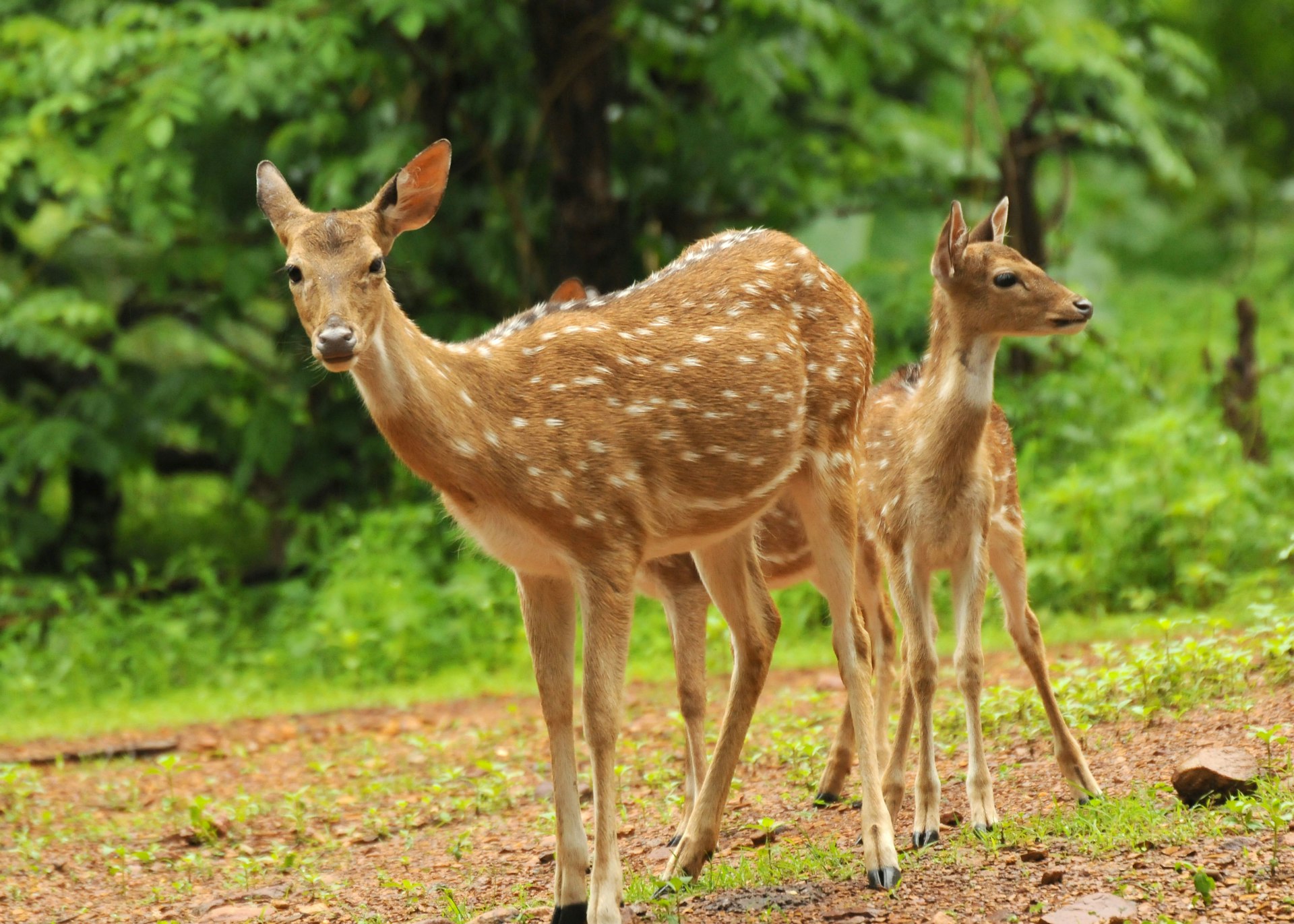Attracting more than 10 million visitors annually, Great Smoky Mountains National Park is the most visited national park in the United States. And, considering all that it has going for it, it’s easy to see why.
Whereas some of its national park counterparts may thrive during certain slivers of the year, this 520,000-plus acre beauty that hugs the Tennessee–North Carolina border takes enchanting forms year-round. These settings include year-round fog, a fall foliage masterpiece, a snow-draped haven for skiing and, during the springtime, a wildflower-clad utopia. Oh, and it is totally free to enter 365 days of the year.
Amid so many plusses, there are some key factors to consider in nailing down your itinerary, including the sometimes roller coaster weather and pricier seasons. Here are the best times to visit Great Smoky Mountains National Park.
June through August is the best time for wildlife and waterfalls
As the summer mornings and early afternoons beam with sunshine, the Great Smoky Mountains beam with activity. This is the prime time of the year when ziplining, white-water rafting, horseback rides and sunny hikes take center stage. It’s also when you can see some of the park’s most famous wildlife – including black bears, bobcats, and river otters – scurrying about. For the black bears, July is considered mating season, so stay aware.
For as sunny as most days are, you can essentially count on an afternoon thunderstorm. While the rain can make for slippery hikes, it also makes the park’s most serene waterfalls – like the remote Ramsey Cascades and easy-to-hike to Laurel Falls – that much more spectacular. With so much natural beauty to be found and families embarking on summer vacations, this is the busiest time of year and you’ll need to make any accommodation or activity bookings well in advance.
September and October is the best time to catch peak foliage
As if the rolling greens and dense fog of the Smoky Mountains aren’t picturesque enough the rest of the year, late September to early October is when to experience the biggest pop of color. The weather is typically prime as well, striking a perfect balance between summer’s sweltering highs and the frigid winter lows. So, however you opt to take in the foliage – by car on the Foothills Parkway or Newfound Gap Road or by foot along the Roaring Fork Motor Nature Trail or Rainbow Falls Trail – there is no wrong answer.
While not as steadily busy as the summer months, October is right up there in terms of the busiest time of year. Make sure to book camping accommodations as far in advance as possible and also count on denser crowds along the park’s most popular trails like The Middle Prong Trail in Tremont and the Alum Cave Trail to Mt. LeConte.

November through March is the best time to experience a winter wonderland
If snowcapped mountains are a must, January and February are the months you’re most likely to see them. Just because there is snow draping the peaks, doesn’t mean it’s consistently cold here either – in fact, approximately 50 percent of the winter, temperatures peak above 50 degrees. Evenings are typically below freezing though, so if you’re going backcountry camping or reserving a spot at the likes of Abrams Creek, Elkmont or Smokemont campgrounds, you’ll want to pack accordingly.
While the Smoky Mountains are a year-round destination, some of the best hotel deals in neighboring Gatlinburg and Pigeon Forge are to be found in January and February. These deals can run the gamut from the family-friendly DreamMore Resort adjacent to Dollywood to the tucked-in-the-woods Little Arrow Outdoor Resort. And, for ski lovers, your well-packed options include Ober Gatlinburg and, on the North Carolina side, the Cataloochee Ski Area.

March through May is the best time for avoiding crowds
Spring is pleasant at Great Smoky Mountains National Park, with temperatures eventually creeping up to an average high of 65 to 70 degrees by April. For fans of smaller crowds and warmer weather (though it will still be colder at night – in the 30 to 45-degree range), this is the happy medium. In March, be aware of the periodic late-winter storms that may pop up. Otherwise, enjoy the peak season for trout fishing or a pleasant, open-air ride aboard the Great Smoky Mountains Railroad.
This is also the timeframe when wildflowers are in full bloom. Among the park’s most famous blooms are its spring ephemerals – lady slipper orchids, trilliums and violets. For flower photographers and sightseers alike, hit the Cove Hardwoods Nature Trail and Chestnut Top Trail for a colorful treat.
